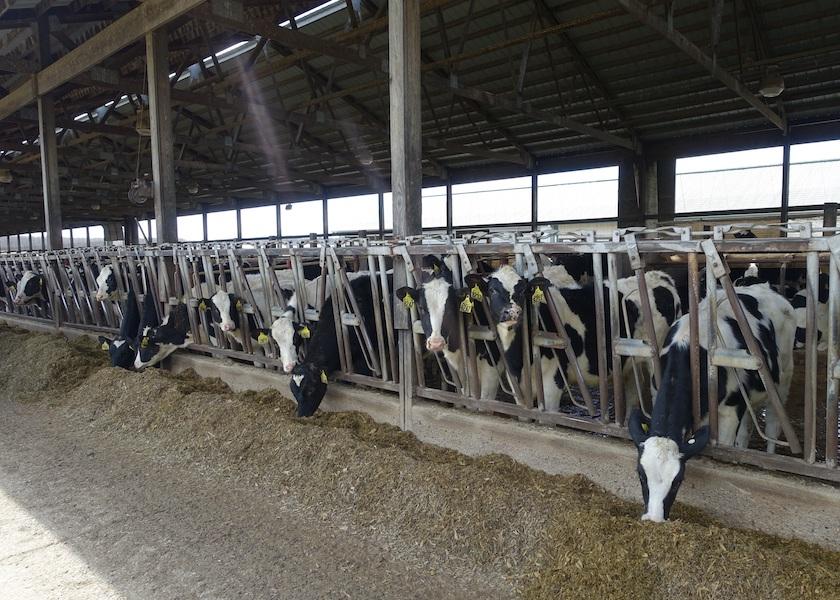Holding Too Many Dairy Replacements Can Be Costly

Springing dairy heifers have been posting lukewarm values across the United States for more than 2 years.
Current prices for top-quality springers hover in the range of $800-1,700 per head, while medium-quality animals have fallen to values as low as $500 per head in recent months. Contrasted with an estimated rearing cost of $1,700 to $2,200 per head, it doesn’t take long to slide into negative territory on your heifer enterprise balance sheet.
In their bulletin, “Economic Benefits of Rightsizing the Farm Dairy Replacement Numbers,” Extension dairy educators at the Penn State University make the case for carefully examining how many heifers a herd is carrying. If there is a significant excess, selling them sooner versus later is probably the most prudent economic choice.
They noted that, in some cases, the feed cost alone can be more than the total sale price of a grown heifer. Those heifers may be worth keeping if the farm is planning an expansion, or plans an aggressive culling strategy to remove older cows from the herd. But if neither is the case, consider:
- How many heifers you need to replace annually (herd replacement rate)
- How many heifers the herd produces annually
- The farm’s cost of raising a heifer
- Current heifer market price; and
- Which heifers to sell, and which to keep
Take, for example, a herd of 238 cows with an annual cull rate of 30%; age at first calving of 23 months; and heifer non-completion rate of 10%. This herd would need 75 heifers annually, or 150 total heifers on the farm. Adding a “cushion” of 6% to compensate for unforeseen circumstances, the herd would need 162 heifers on the farm at a time (81 head annually).
If the herd produces 111 heifers per year, there are 30 head that are not needed and can be sold versus carried by the farm. Conversely, retaining those heifers unnecessarily to calving age easily could produce a net loss in the neighborhood of $1,000 per head.
Establishing a system to strategically remove heifers from the herd can free up resources on a number of fronts, including:
- Income from heifers sold.
- Lower costs for feed, veterinary care and breeding.
- Reduced labor time and expense to care for animals.
- Less required housing, bedding and lot space; and
- Improvements in nutrient management, because fewer heifers produce less manure and phosphorus, and less time is spent on manure management.
Determining the age at which to cull heifers, and the criteria used to do so, will be an individual farm decision. Sire and dam PTA data would likely be considered at any age, and can be easily accessed via DHIA records.
Genomic testing can be performed as early as one day of age, producing fast and accurate decisions, based on pre-determined selection criteria. Blair Murray with Murray Agri Consulting, Kemptville, Ontario, Canada, said genotyping can generate more income for a herd not only by saving on heifer-rearing costs, but by improving milk production through accurate genetic selection. He shared data indicating that a 100-cow herd could capture $3,300 to $5,400 in additional income based on improved milk production. Genotyping young calves also provides flexibility in timing the sale of heifers, depending on market conditions.
If culling decisions are made on older heifers, then undersized animals; difficult breeders; and those with poor feet and legs or obvious udder problems are likely candidates for dismissal. Health records also would be helpful, particularly related to treatments for respiratory disease. An Irish study (Morrison et al. 2013) showed that heifer calves with multiple pneumonia cases produced about 743 pounds and 1,870 pounds less milk in their first and second lactations, respectively.
Lung ultrasound data is a new criteria that can objectively evaluate individual heifers’ respiratory tract health and longevity potential. The University of Wisconsin has developed a concise scoring system to guide lung ultrasound protocols.







